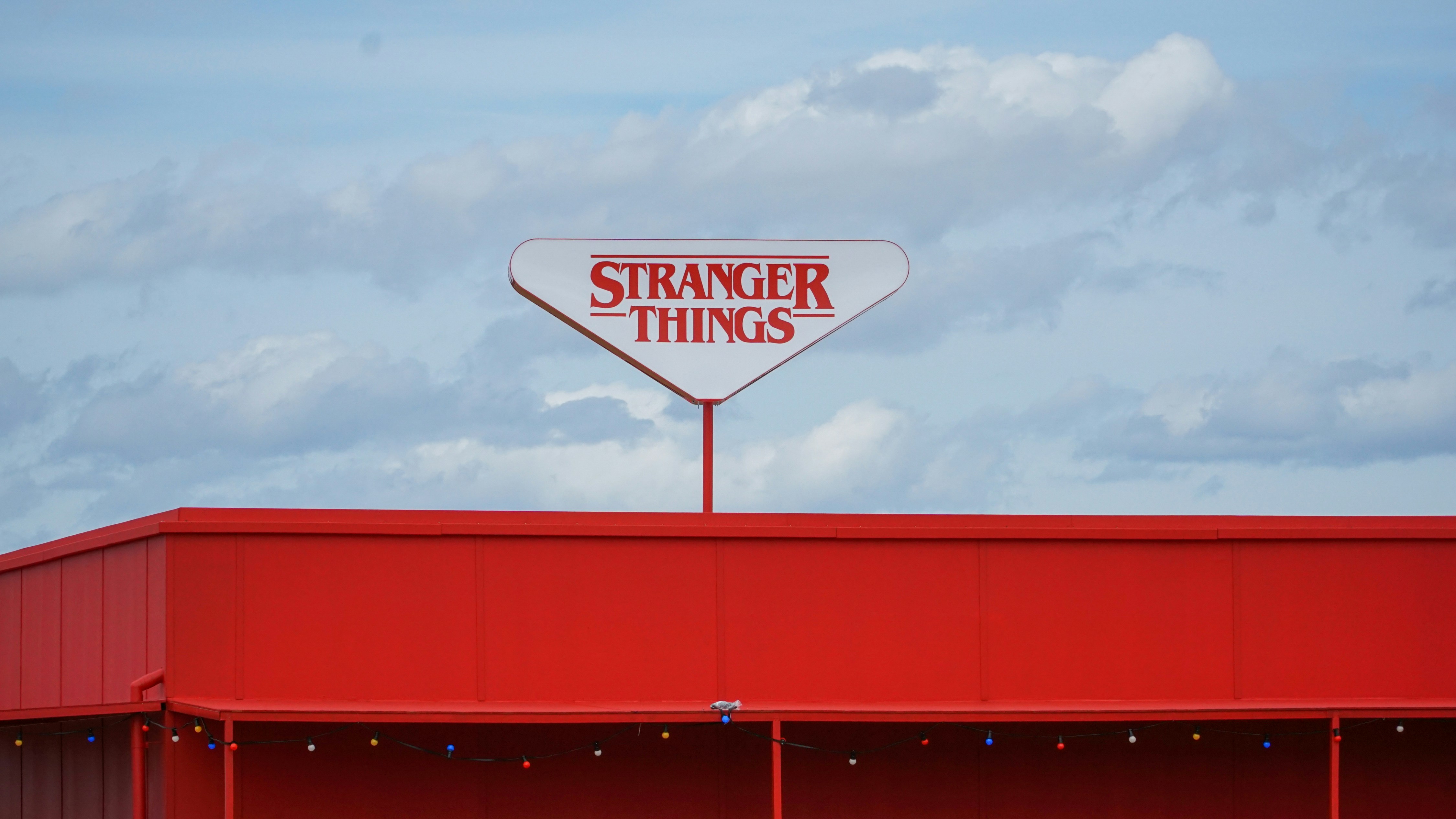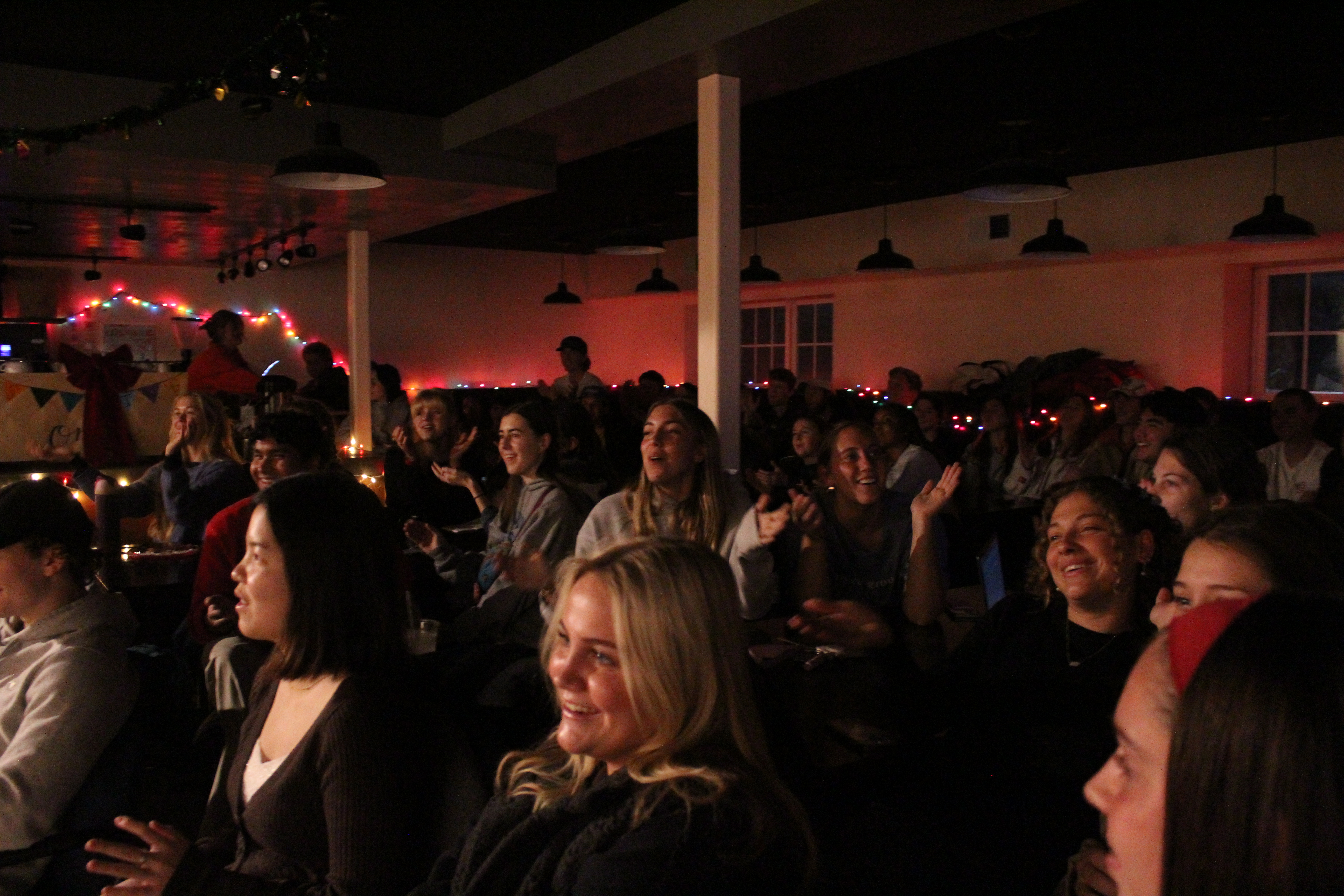![]()
Oscar Romero, archbishop of El Salvador from 1977 to 1980, became the first Latin American saint to be canonized by the Catholic church.
An outspoken opponent of the nation’s civil war, Romero was assassinated while giving mass in 1980. Pope Francis officiated his canonization ceremony on Oct. 13 at the Vatican. During the ceremony, Pope Francis wore “the blood-stained rope belt that Romero wore when he was gunned down,” according to the Associated Press.
Diego Vasquez, sophomore mechanical engineering major, sees the canonization as a milestone for his home country. “This is an achievement not only for El Salvador but also the whole continent,” Vasquez said.
Trisha Posey, director of the Honors Scholars program, first became familiar with Romero’s life and work when she chose to teach about him in her Gateway class, Faithful Leaders in Times of Crisis. “I must have heard about him and thought he’d be someone good to talk about in class. The more I started reading about him and his work and learning about his life, the more I thought that this is someone I would want my students to learn more about,” Posey said.
In the Roman Catholic Church, there is a precise process for canonization, the course through which a revered individual becomes a saint. “The Diocesan bishop and the Postulator of the cause for canonization ask to begin the process, and they present to the Holy See, the Vatican, a detailed report about the life and virtues of the candidate for canonization,” Father Salvador, priest at St. Mary’s in Siloam Springs, Ark., said. “A document called ‘Positive’ that includes the collected information from the previous phases … through a theological commission, discusses the elaborated document. Finally, in the fifth phase comes the Decree from the Holy Father.”
Once it has been determined that the candidate is worthy of the title “Servant of God” the committee investigates whether or not that person is worthy of Veneration, including the verification of miracles. “Once again, their report is presented to a group of theologians from the Congregation for the Cause of Saints, and this report is discussed among them, including the medical committee and a cardinal,” Father Salvador said. “With all the evidence provided, the Holy Father approves the Decree of Beatification.”
Beatification means that the deceased person in question is in Heaven and not in Purgatory. For canonization to be complete, a second miracle must occur after Beatification. “During the second phase, the Congregation for the Cause of Saints examines the second miracle. Such a miracle must have happened after the Beatification,” Father Salvador said. “In the third phase, the Holy Father approves the Decree of Canonization.”
Diego Vasquez is part of the generation after Romero. “My family told me different stories about him and they took his example because they lived with him,” Vasquez said. “The image of Señor Romero is still alive because they express how they feel like Señor Romero did during the civil war in El Salvador. They try to imitate him in the Catholic church because his influence is still alive,” Vasquez said.
Juan Rodriguez, instructor in engineering & construction management, is also from El Salvador and views Romero as a hero. “I like him because he was chosen to be Archbishop by the government and the church … thought he was a nobody, that he was harmless because the church, at that time, was closer to the government,” Rodriguez said. “You see a transformation in the few years he was archbishop from somebody who was too peaceful, too passive into somebody who saw what was happening and had to speak out. And ultimately paid the highest price.”
Vasquez, Posey, and Father Salvador agree that Romero sets an example for all believers. “He didn’t care if you had money or you did not…the guerilla, the government, he didn’t take into account that he wanted to preach what the gospel said; love your neighbor,” Vasquez said. “Other people need to follow, you need to love others, you need to help your neighbor, even if you’re in trouble, even if the violence is increasing, to need to remember that.”
“What I appreciate about Romero and what was so Christ-like about him was his laser-like focus on the need of the most vulnerable people in society,” Posey said. “Christ himself came and preached a deep care for those who were marginalized and repressed and so did Romero. I think his attention to those who were suffering is something we can definitely learn from.”
“I believe that Saints and, in particular, Martyrs are a treasure and hope for the Church and the world,” Father Salvador said. “A saint or martyr is not born. Martyrdom is a grace which God gives. … A martyr or a saint is a brother, a sister, who continues to accompany us into the mystery of the communion of the Saints, and that united to Christ, not ignores our situation in life, pilgrimage of faith, our sufferings, our fears or anxieties.”
St. Romero’s canonization is certainly a victory for Latin America, but it also reminds Christians globally of the fellowship they share as a community of believers.





